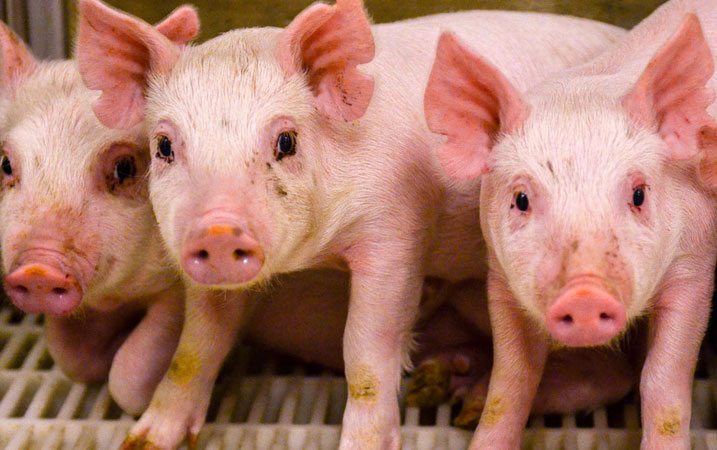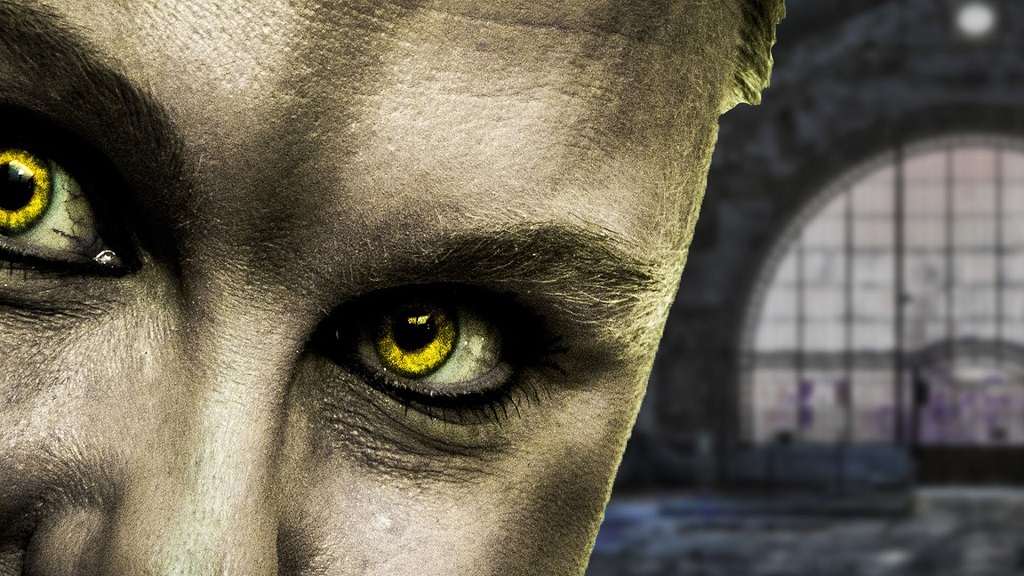Science has brought us a very long way from where our forefathers were in almost everything. It has checked almost every box in almost every aspect of our lives thereby making it all much easier. The problem though is that with it all, there is what many can term as the arrogance of science as we keep seeing many scientists playing God by the things they are attempting to create and the things they have successfully created.
In the existence of man, what has always held is that life is completely sacred and that is because only God can create it. Nevertheless, science and scientists have attempted to invade that.
Here are cases of scientists playing God

1. Creation of Life
Unlike anything before this, a scientist and multi-millionaire pioneer in genetics Dr. Craig Venter and a team of other researchers have been able to develop a synthetic life from a mixture of chemicals in the laboratory. They were able to develop a chromosome from an artificial DNA in a test tube. They then transferred it to an empty cell and with time, it was soon able to multiply, and that is one thing that made it to be regarded by science as something with life.
See Also: Scientists Want to Start Growing Human Organs in Pigs: Human-Pig Embryos
The attempt to develop this organism which they have nicknamed Synthia has taken then up to 15 years and has cost more than $30 million. Although this has started a very massive debate, the creators believe that it can as well open doors for more complex things to soon follow.
2. Editing Human Genes
The idea of gene editing first began with animals, but then it later grew to humans. With this technology, scientists are able to edit your natural gene and change the entire person a human being becomes even before birth. The first was carried out by Kathy Niakan, a researcher from London’s Francis Crick Institute who sought and got the permission of the Human Fertilization and Embryology Authority in England to edit the human embryo.
Using a technology known as the CRISPR, they are able to read a person’s gene and take out certain genes before finally rewriting a person’s DNA. Essentially, they can get a person to be something completely different from his parents. A person could be made much bigger using this, or much smaller. The greatest fear is that with these scientists playing God, they may end up producing what has been termed designer babies.
3. Artificial Sperm

One thing that scientists have been working on is how to create artificial sperm, and that has been possible. The sperm is generated from the laboratory making use of stem cells and it has been used to produce very fertile and healthy mice after it was injected into the female.
From what was set in 2014, the sperm has met the set of criteria known as the ‘gold standard’ for artificial sperm. Although it has worked on mice, it is unknown whether or not the technique is going to work on humans. If it does, that means there is the possibility of having children that do not have fathers.
4. Resurrecting brain-dead people
A brain-dead person is someone whose brain is already dead but can be kept alive using life support. Scientists are working ardently to be able to bring back such people to life. Before now, bringing back the dead to life is strictly a thing involving the religious and the supernatural, but science has greatly delved into it and scientists have got the permission from the US Institutional Review Board. The company behind this is an American company called BioQuark.
5. Artificial Womb
Just as we have come to see artificial sperm, there is also artificial womb that is being developed. The womb which has been used to grow a baby sheep. The essence of an artificial womb as you must have guessed is to have a child born outside of the woman. Instead of a woman carrying the baby for 9 months, the artificial womb will do the carrying. The idea became a possibility after what looked like a large ziplock bags strewn with tubes of blood and fluid, was used to develop eight fetal lambs. The good side of the technology is that it will serve to raise babies that are born before 37 weeks. This is because such babies need more care.
6. Gene-Engineered Mosquitoes
In an attempt to fight malaria globally and other sickness linked to mosquitoes, scientists have decided to go to the lab and create a form of mosquito that can help in decreasing the population of the other mosquitoes. It has been found after trials, in an attempt to fight off Zika Virus that the GM mosquitoes can reduce the population of Aedes Aegypti by 90 percent or more.
The invention was made b the scientist from the University of California Irvine, who have gone on to create a mosquito that cannot cause sickness to people so that as they continue to mate with the disease-causing mosquitoes, the number of the latter will keep reducing since they won’t be reproducing their kinds.
7. Human-Animal Hybrid Organs

Inasmuch as this has a very good intention like some others, people still argue that it is another case of scientists playing God. This is an innovative manner in which scientists are trying to create various human organs inside of animals. The essence of this is to help people who are in need of organs.
See Also: Did you know? 11 Body Parts That Can Be Replaced Thanks To Science
There are many people each day that die from the need of various organs including heart, kidney, and liver. The idea was which is known as the chimera, was pulled from the Greek mythology in which there are some creatures that are a mixture of snake, goat, and snake. This mix of animal and human DNA in modern medicine has seen experiments in human-pig organs, as well as human-sheep organs.
This idea is entirely controversial because people are not sure of the kind of things that would come from the animals. More so, when it comes to creating organs such as the brain from these animals, would it really serve as that of the human being without any problems?
8. Bringing back extinct animal species
Over the years, many animals have been forced into extinction. Rather than let them be, scientists are trying to force back these animals as a result of what they term as moral responsibility. It is to this end that they have sequenced the DNA of the Tasmanian tiger in order to recreate the animal.
The tiger which is said to be the largest carnivorous marsupial died out in the 1930s, but scientists believe they can bring it back. If this becomes possible, it will open a door to the cloning of living things which will in turn raise a lot of questions.
According to Professor Andrew Pask of the University of Melbourne, “We were responsible for hunting [the thylacine] to extinction – in that case, we almost owe it to the species to bring it back”. The professor is in charge of the team sequencing the thylacine’s DNA.














